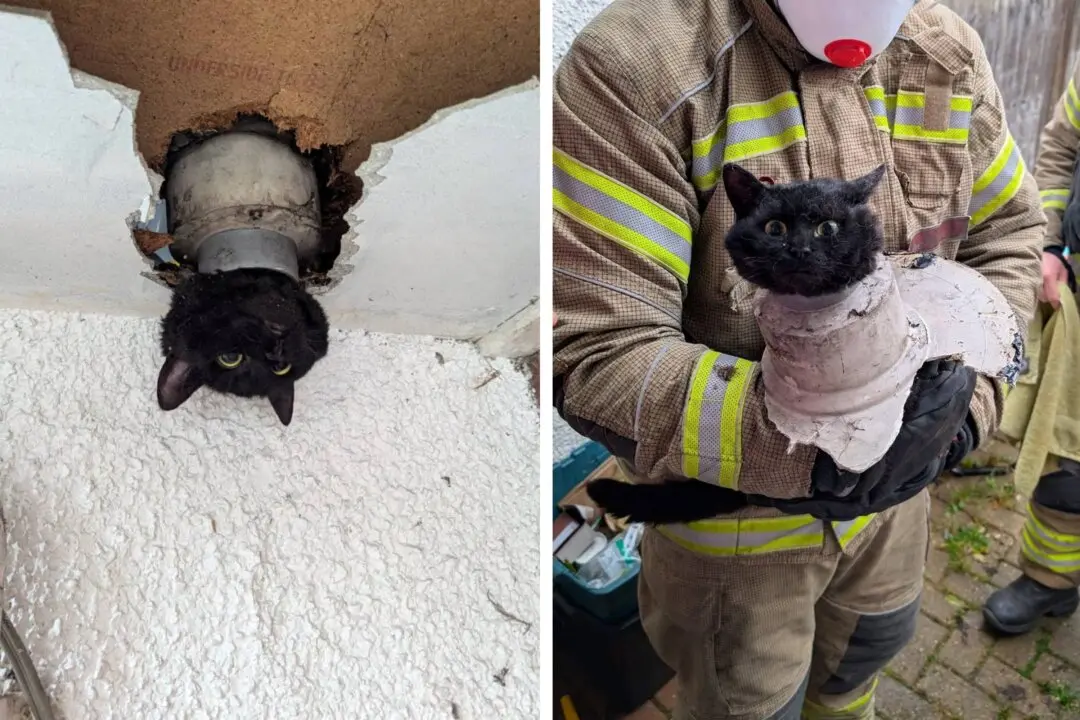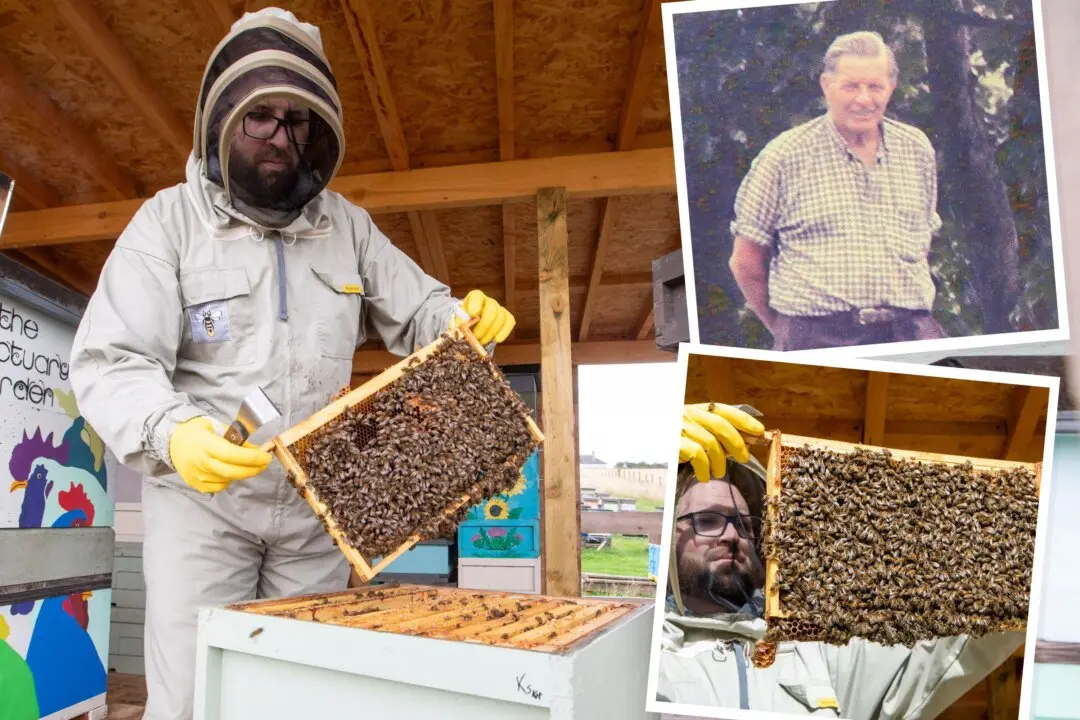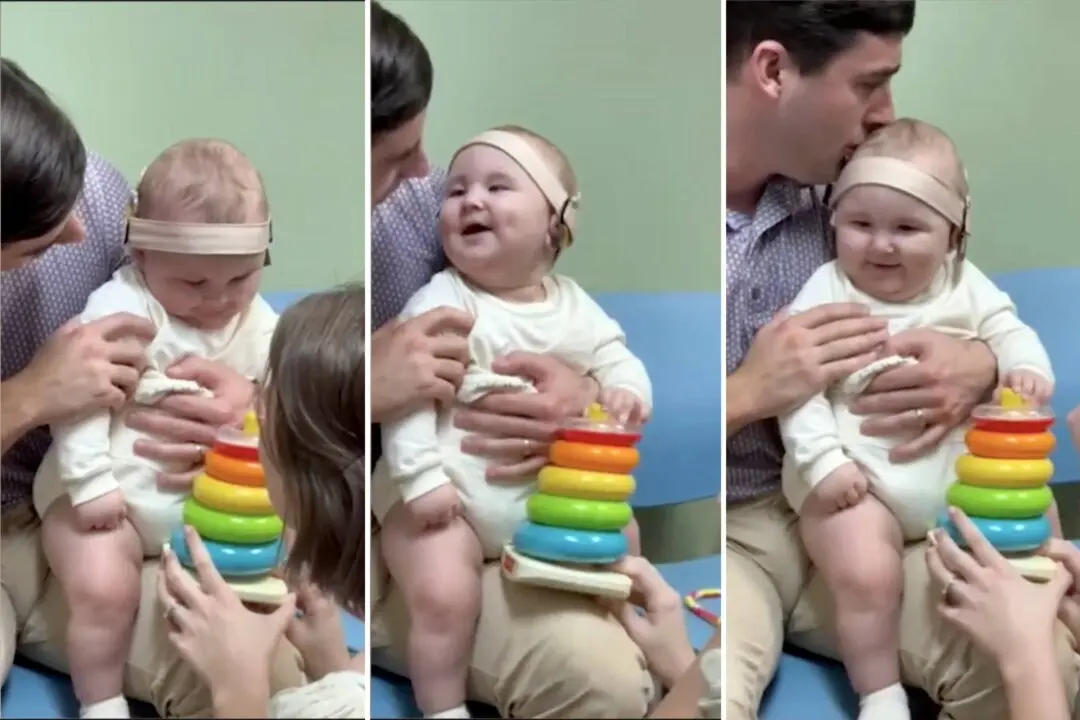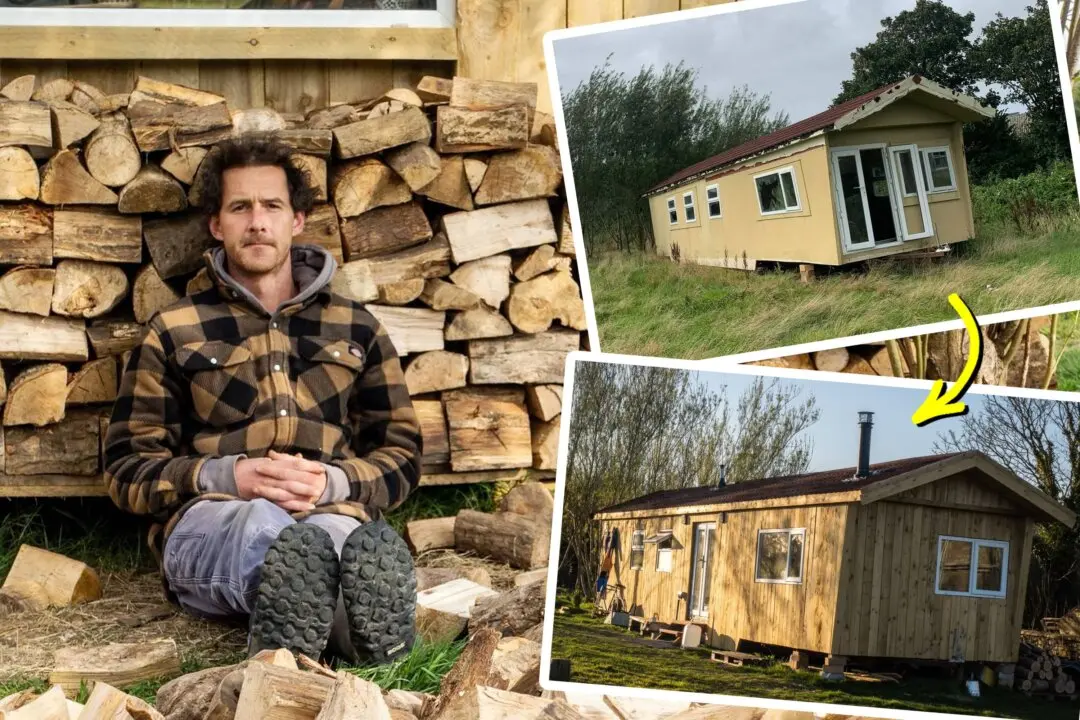A mother who spotted a “white glow” in her toddler son’s pupil while he was playing with his toys found out that he had eye cancer, just weeks before Christmas.
A year ago, 29-year-old Kirstin Smith noticed a “cloudy spot” in her now-3-year-old son Cian’s eye.





